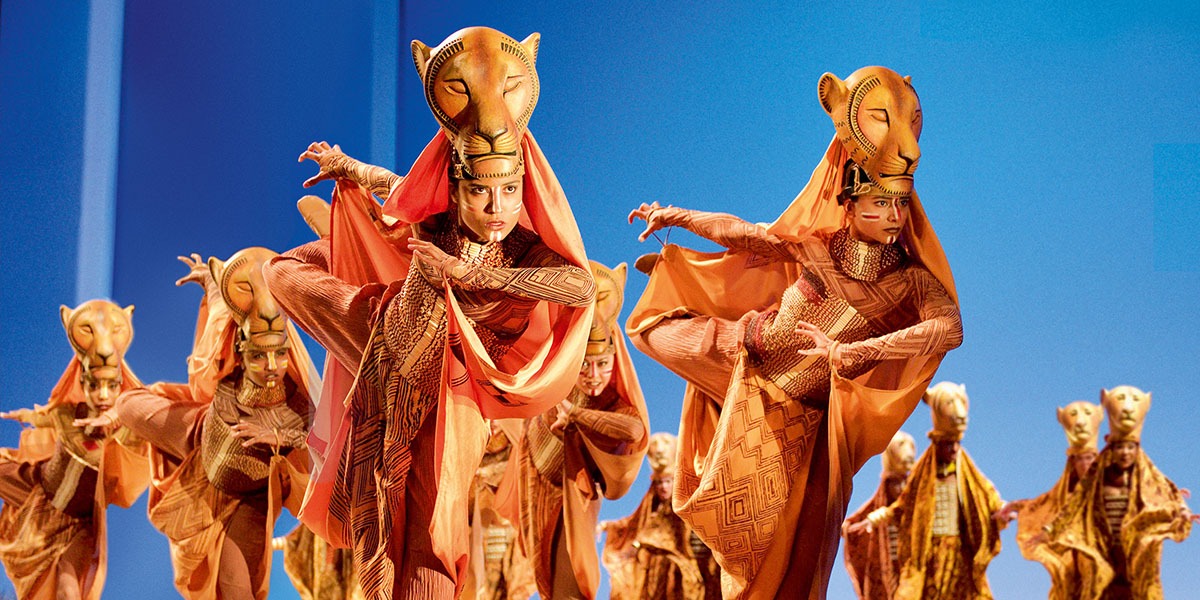The boundaries between man and beast are explored in Wallace Shawn’s new surreal comedy Grasses Of A Thousand Colours, presented as the second of three plays in the Wallace Shawn season at the Royal Court, paying tribute to the politically provocative and humorous playwright.
Playing the lead role himself, Shawn enters the sparsely decorated stage and introduces himself as Ben, a famous scientist, doctor, philanthropist and self-confessed philosopher, who is there to read us his memoirs. With the house lights up, it is an intimate setting as Ben fills the audience in on his early work as a young doctor with a cheery disposition, distinctive laugh and a touch of disgust for the pleasures of the human race. But as flickering films projected on the wall behind him frequently interrupt Ben’s monologue, a look of disturbance across his face breaks his line of comic thought and he begins to tell us a story we weren’t expecting.
Set in what first appears to be a reality near to our own, with small snippets of the bizarre thrown in, as Ben begins his story, the boundaries of reality are completely disregarded and we enter a world where his scientific reordering of the universe has caused both animals and man to teeter on the edge of near extinction.
Ben chooses not to speak about this though, instead concentrating on his numerous love affairs and his phallic obsession. Married first to Cerise (Miranda Richardson), who appears on stage as a bourgeois angel, dressed in silver and covered in glitter, Ben recounts the story of the breakdown of their marriage, partly as a result of his affair with Robin, a husky voiced vixen whose sugary sweetness and overt sexiness is soon replaced with razor sharp digs and a cold bed. To rid herself of her responsibility for the scientist, she introduces him to girlish Rose, whose preppy youth and natural innocence contrast with Cerise and Robin’s knowing airs.
These love affairs pale in comparison to the relationship he explicitly describes with a seemingly magical cat called Blanche, as each of the women are drawn both to the animal and to one another.
It is the relationship between the human race and animal that the play explores, with the bizarre characters living in a world where they ride pastel ponies to magical castles, donkeys play cards, cats take you to all-night puppet shows for lonely souls, and human sexuality has no boundaries. The three characters address the audience directly from a lone cream sofa, speaking in poetic language as they meticulously describe Ben’s obsession with the two animal instincts, food and sex.
Sexually explicit and often shocking in its extremes, Grasses Of A Thousand Colours is not for those easily offended. Often crude, but delivered in a somewhat sophisticated fashion, the play is both amusing and disturbing. But if you can see the sense amid the surreal, erotic adventure Ben delivers, Shawn’s vision of the consequences of tinkering with the universe is both chilling and relevant.
CM


